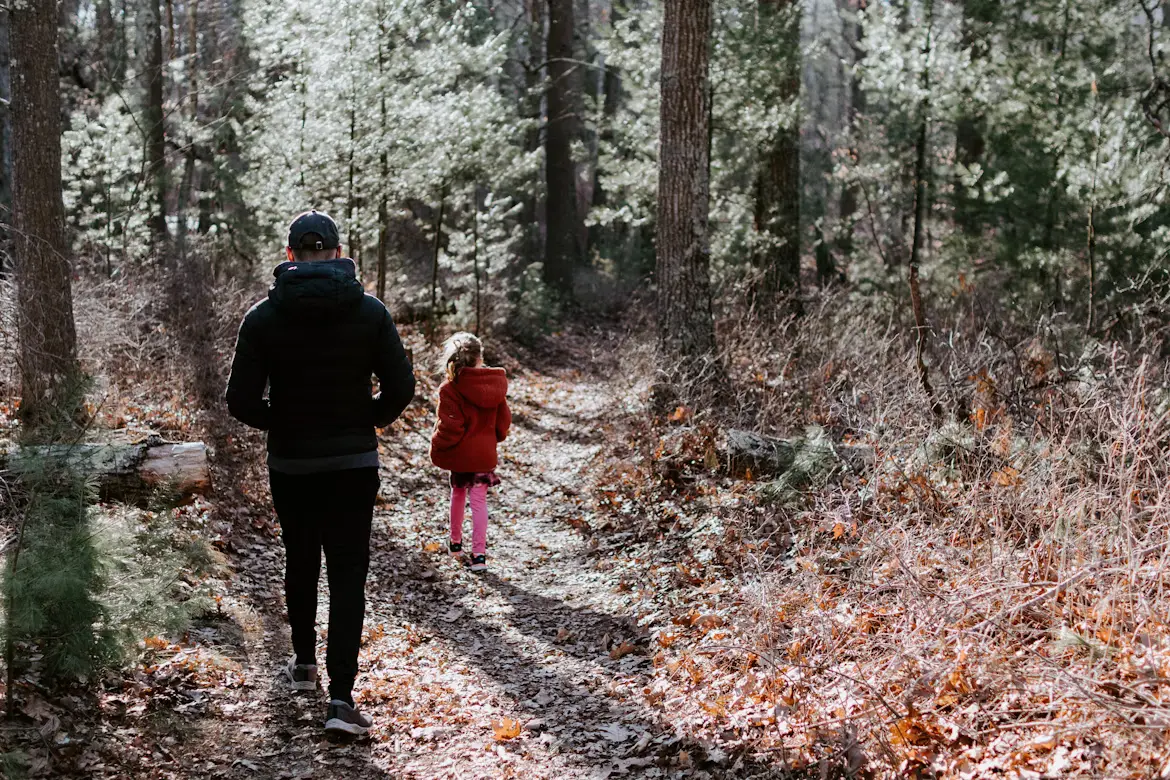Are you struggling to find the answers to map labeling type questions in the IELTS Listening module? If yes, then you must not skip this article. This article will help you to learn the usage of different words and phrases they use to give us directions in the IELTS listening map labelling question.
Vocabulary for Map Labelling
Find the list below that you should learn to get all the answers correct in this specific type of question in the IELTS Listening module:
1. The Dead End
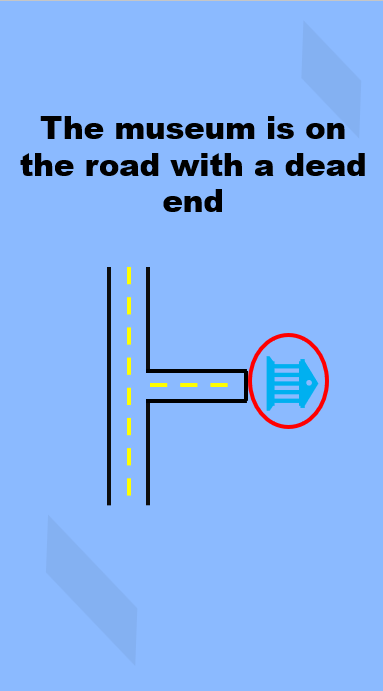
Usage:
- Refers to a road or path that stops and doesn’t continue further.
Examples:
- The museum is on a road with a dead end.
- Walk straight until you reach the dead end, then turn back slightly to your left.
- The library is just before the dead end of the street.
2. At the end of the path
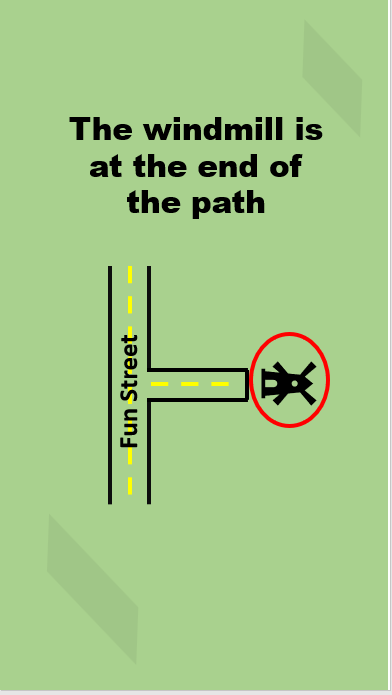
Usage:
- Location found when you continue walking until the path finishes.
Examples:
- The windmill is at the end of the path.
- There’s a small café at the end of the path.
- You’ll see a bench at the end of the path, right beside the trees.
3. Take a right turn
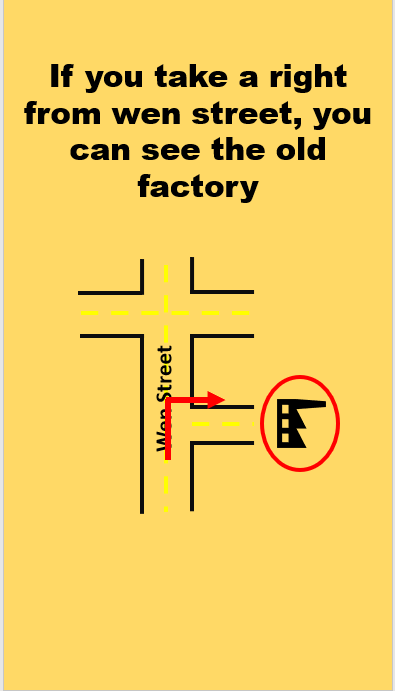
Usage:
- Instruction to turn right.
Examples:
- If you take a right from Wen Street, you can see the old factory.
- From the main entrance, take a right turn to reach the reception.
- Once you pass the shop, take a right turn into the narrow lane.
4. Take a left turn
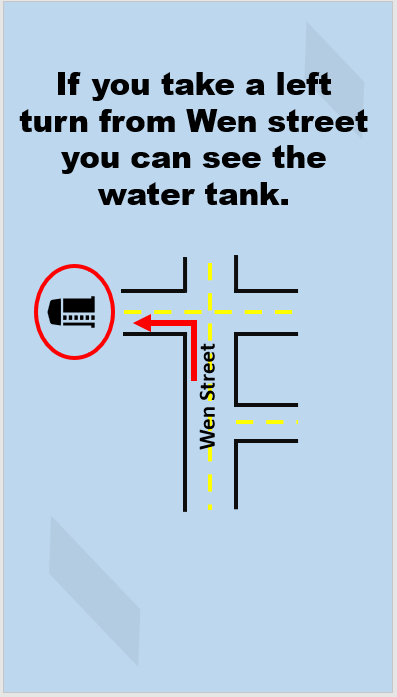
Usage:
- Instruction to turn left when following a route.
Examples:
- If you take a left turn from Wen Street, you can see the water tank.
- When you reach the traffic lights, take a left turn.
- After the post office, take a left turn onto Hill Street.
5. At the junction
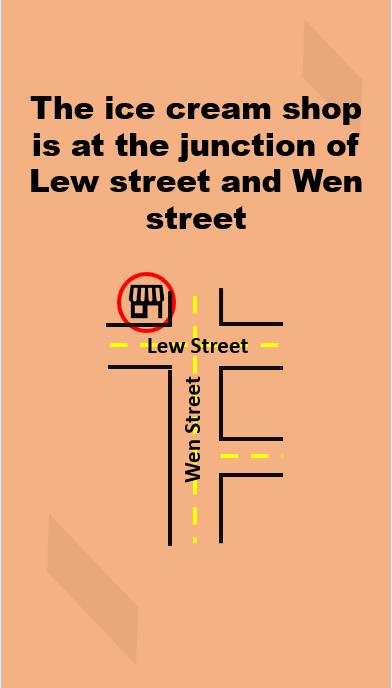
Usage:
- Where two or more roads/paths meet.
Examples:
- The ice cream shop is at the junction of Lew Street and Wen Street.
- The bus stop is just at the junction of King’s Road and River Street.
- Turn left at the junction, then continue straight for two blocks.
6. On the right
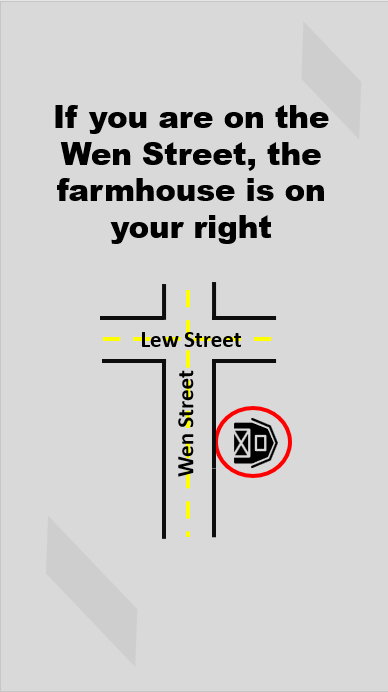
Usage:
- Position located towards the right-hand side.
Examples:
- If you are on Wen Street, the farmhouse is on your right
- The bank is just on the right, next to the supermarket.
- You’ll find the toilets on the right as you enter the hall.
7. On the left

Usage:
- Position located towards the left-hand side.
Examples:
- If you are walking on Wen Street, the Fiddy house is on the left
- The museum is on the left, opposite the café.
- When you walk down the corridor, the office is on the left.
8. The road that branches off
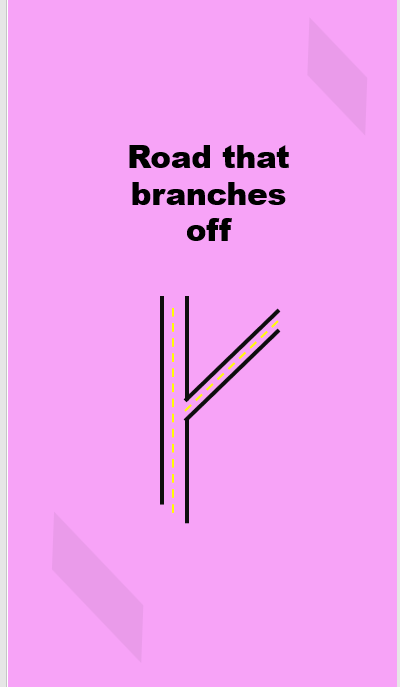
Usage:
- A smaller road splits away from the main road.
Examples:
- Take the road that branches off to the right after the petrol station.
- There’s a small path that branches off the main road towards the park.
9. Past the (noun)
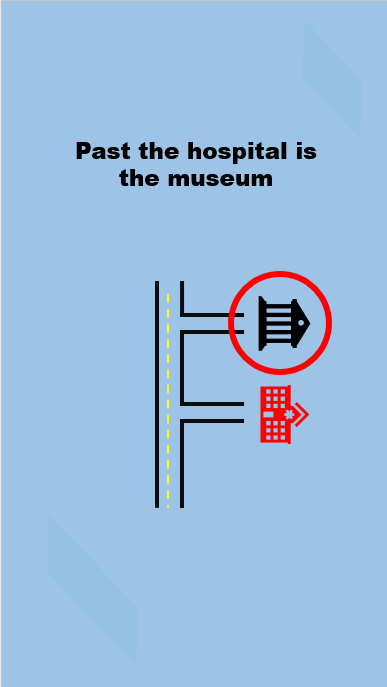
Usage:
- Refers to moving beyond or after a landmark.
Examples:
- Go past the hospital, and you will see the museum on your right
- Go past the bus stop, and you’ll see the library.
10. Opposite side/right next to
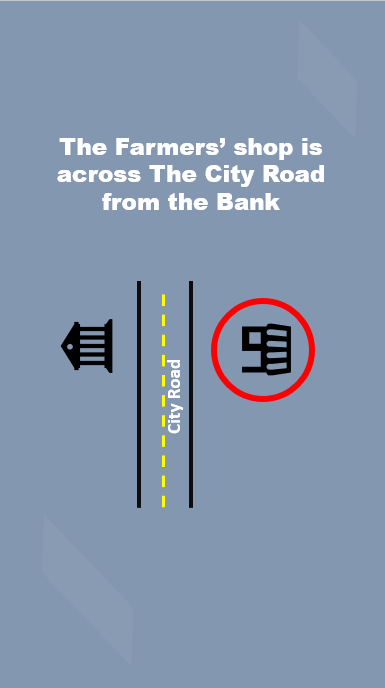
Usage:
- Indicates location facing another landmark, or immediately beside it.
Examples:
- The farmhouse is on the Opposite side (right next to) the hospital.
- The café is right next to the bookshop.
11. Beyond the (noun)
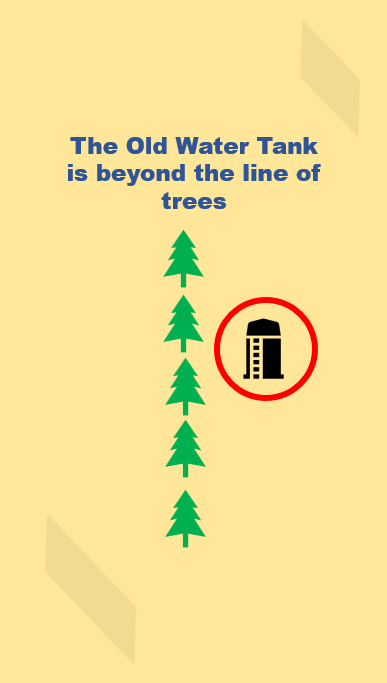
Usage:
- A location further away than a landmark.
Examples:
- The old water tank is beyond that line of trees.
- You’ll find the sports centre beyond the railway station.
12. Across the (noun)
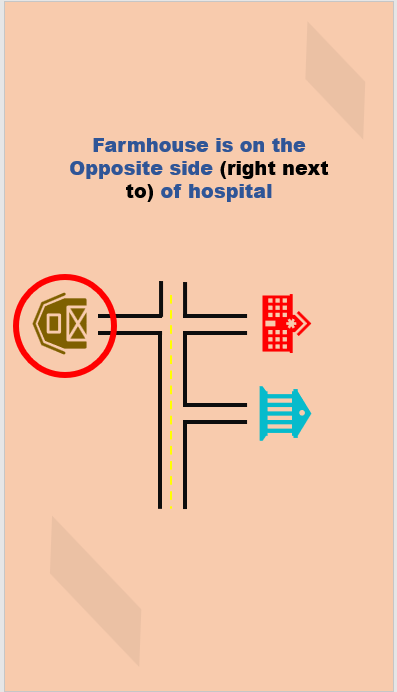
Usage:
- Refers to being on the other side of something (like a road/river).
Examples:
- The Farmers’ shop is across the City Road from the Bank
- The shop is across the street from the bus stop.
13. Go past the bridge
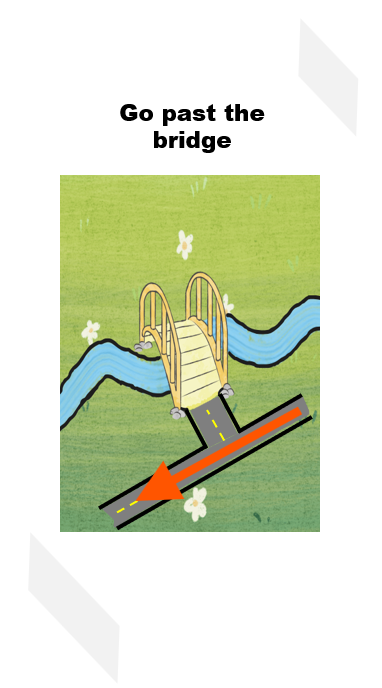
Usage:
- Refers to continuing after crossing the bridge.
Examples:
- The museum is just past the bridge on the left.
- Walk straight past the bridge, and the library will be ahead.
14. Go over the bridge
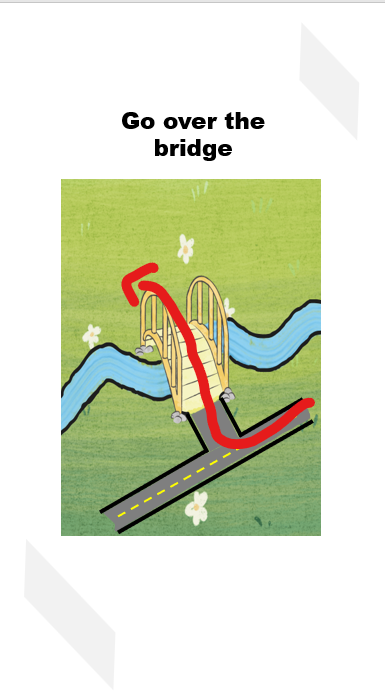
Usage:
- Direction requiring crossing a bridge.
Examples:
- Go over the bridge, and you’ll see the town hall straight ahead.
- The café is located just over the bridge on the right-hand side.
15. Dividing the map into different sections
Sometimes you may see a compass given with the map; in that case, you should divide the map into four parts, and that will be used to give you hints or directions to find out the correct answer.
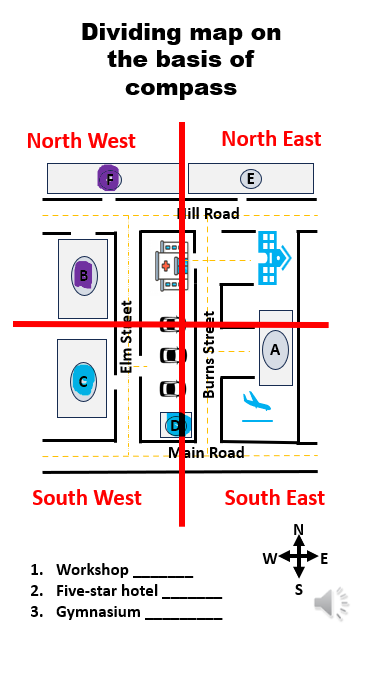
Frequently Asked Questions (FAQ’s)
Q1. What is IELTS map labelling in the listening test?
It’s a task where you listen to directions or descriptions and label locations on a map, plan, or diagram. It often appears in Section 2 of the test.
Q2. What strategies can help with map labelling?
Use these strategies to find the answers easily:
- Look at the map before listening to note key landmarks.
- Pay attention to starting points (e.g., “from the entrance”).
- Watch out for direction phrases like go past, turn left, across, next to.
- Don’t panic if you miss one—move on to the next question.
Q3. Is map labelling difficult for everyone?
It can be tricky at first, especially for people not used to English direction words. But with practice, most learners find it one of the easier question types.
Q4. What skills are tested in this task?
This task checks your ability to:
- Match spoken words to a visual map quickly.
- Understand spoken directions.
- Follow spatial language (left, right, beyond, opposite, etc.)
To learn more tips for IELTS Listening, visit this page.



